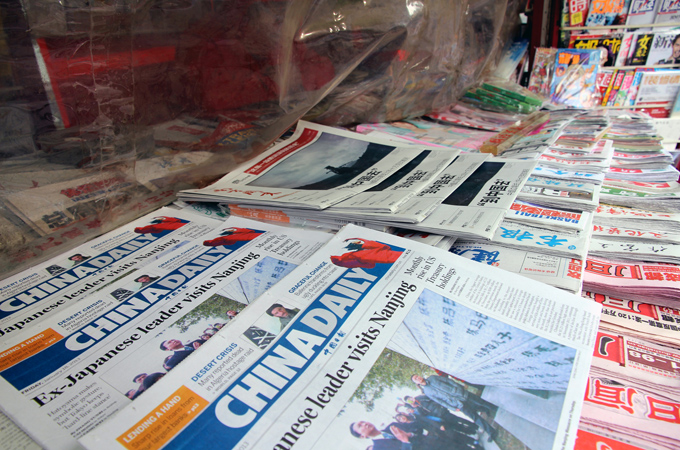As Nicholas Cull, a prominent scholar of public diplomacy,
discusses in his article “Listening for the Hoofbeats,” diplomacy is no longer
a top-down enterprise. Not only do diplomats continue to engage with other
diplomats, but the US State Department is also emphasizing the importance of public
diplomacy as a critical foreign policy strategy. Under Secretary for Public
Diplomacy and Public Affairs, Tara Sonenshine, recently asked at the Washington
Institute for Near East Policy, “So how do we engage fully and, more
importantly, how do we maximize our chances of success, so that the American
people and the people of the region benefit from the current changes sweeping
the Middle East and North Africa?” she responds to her own question by stating,
“two words: public diplomacy.” She outlined several current programs that DOS
participates in that offer educational exchanges with MENA countries. These
partnerships include collaborations with universities and businesses that
sponsor entrepreneurs to learn critical skills, offering opportunities for
Syrian college students whose studies have been interrupted due to the civil
war to finish their degrees at American universities, and English language
training and outreach programs, among others.
These initiatives allow the US to gain a platform with key populations
and actors as well as the opportunity to hold important conversations.
Secretary Sonenshine reports that US Embassy Cairo now has over 500,000
Facebook fans with whom they attempt to reach out to. As Bran Hocking et. al.
write in their article “Futures for Diplomacy: Integrative Diplomacy in the 21st
century,” diplomacy is becoming more integrated. While diplomats and official
communications are still vitally important, a more nuanced view of audiences
and stakeholders is critical for the success of US objectives as well.
Read Under Secretary Sonenshine’s full remarks here: http://www.state.gov/r/remarks/2013/202945.htm
